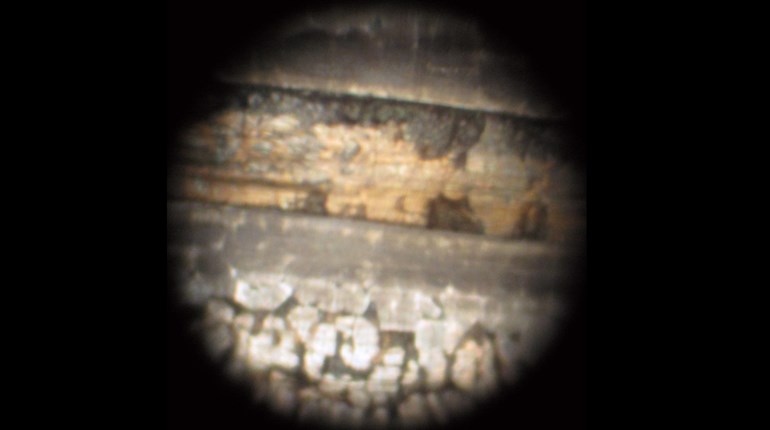
The Problem:
You are taking a personal-defense class and your instructor keeps referring to something called the OODA Loop and how it will save the day in a bad situation, if you prepare for it. The acronym stands for Observe, Orient, Decide and Act, which was a system that combat pilots used to win dogfights in the sky. You are not completely clear on how this relates to personal defense with a handgun, and apparently neither is the instructor because he just tells you to go look it up if you want to know more about it. You looked it up, but you are still wondering how orienting your body to face the target will help you to decide and act. As a result, the OODA Loop is still a mystery.
The Solution:
The OODA Loop was developed by Air Force Col. John Boyd in an effort to explain the facets of aerial combat.
In reality, the OODA Loop is a description of how each of us makes decisions every day. How and what we learn as we are exposed to more and more information relevant to the task at hand tends to speed up the process, so there is no conscious thought involved in acting on a stimulus or what is referred to as an Observation. One of the ideas regarding the OODA Loop in combat is the speed in which the action is generated. Simply said, being faster than your opponent in your action gives you the upper hand in winning.
Studying each of the four stages of the OODA Loop with a broader viewpoint will help you understand the concept and how it is used in a variety of everyday situations.
The Observation stage is information gathering with all of the senses including the sixth—not just with the sense of sight. A person alert to the world around them is constantly receiving input from all the senses. When a condition is perceived that may be dangerous to our physical being, it causes us to Orient our attention in that direction. This doesn’t necessarily mean that we must face the condition physically, but we must give it our full attention in order to respond effectively.
The Orient stage is thought to be the most critical of the four because it is where we analyze the input of the Observation, then Decide what to do—or go directly to Action if our training, previous experiences and/or beliefs are strongly ingrained in our subconscious mind, allowing Action without conscious thought. This eliminates the need to go through the Decision phase of the Loop.
Simply put, if we have previous experience or training related to the condition Observed, the more that training and experience is repeated and reinforced, the quicker the brain will make the comparison and act subconsciously. This shortens the response time (Action) in countering or defeating your adversary by processing the information Observed faster than they do, allowing you to do unto them before they do unto you.
The important thing to remember is that subconscious thought is significantly faster than conscious thought. Using conscious thought for each of the four steps of the OODA Loop generally takes a quarter-second each, or 1 second to process and act on the observed information. Subconscious action can be virtually instantaneous. For example, when touching a hot object, we don’t have to think our way through the process to remove our body part from the object; we respond automatically and instantly. In this case, pain immediately creates Action.
Repeated realistic training that is relevant to a particular subject or a given situation, subsequently conditions the student to respond faster than the adversary and ultimately end up victorious.
Using the OODA Loop as a model for skill development increases speed and efficiency in action, as well as critical thinking when danger lurks, putting you in harm’s way.





































